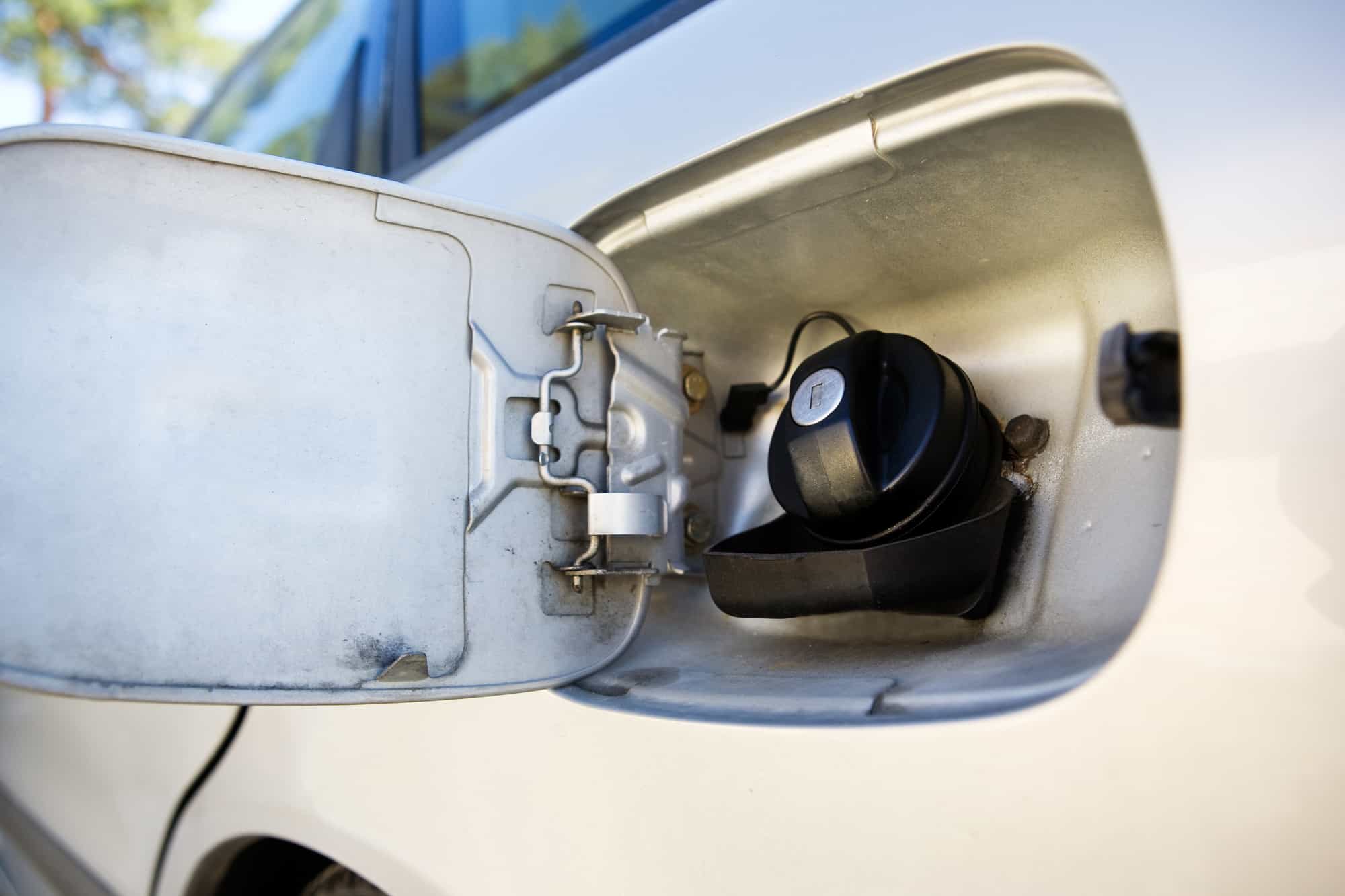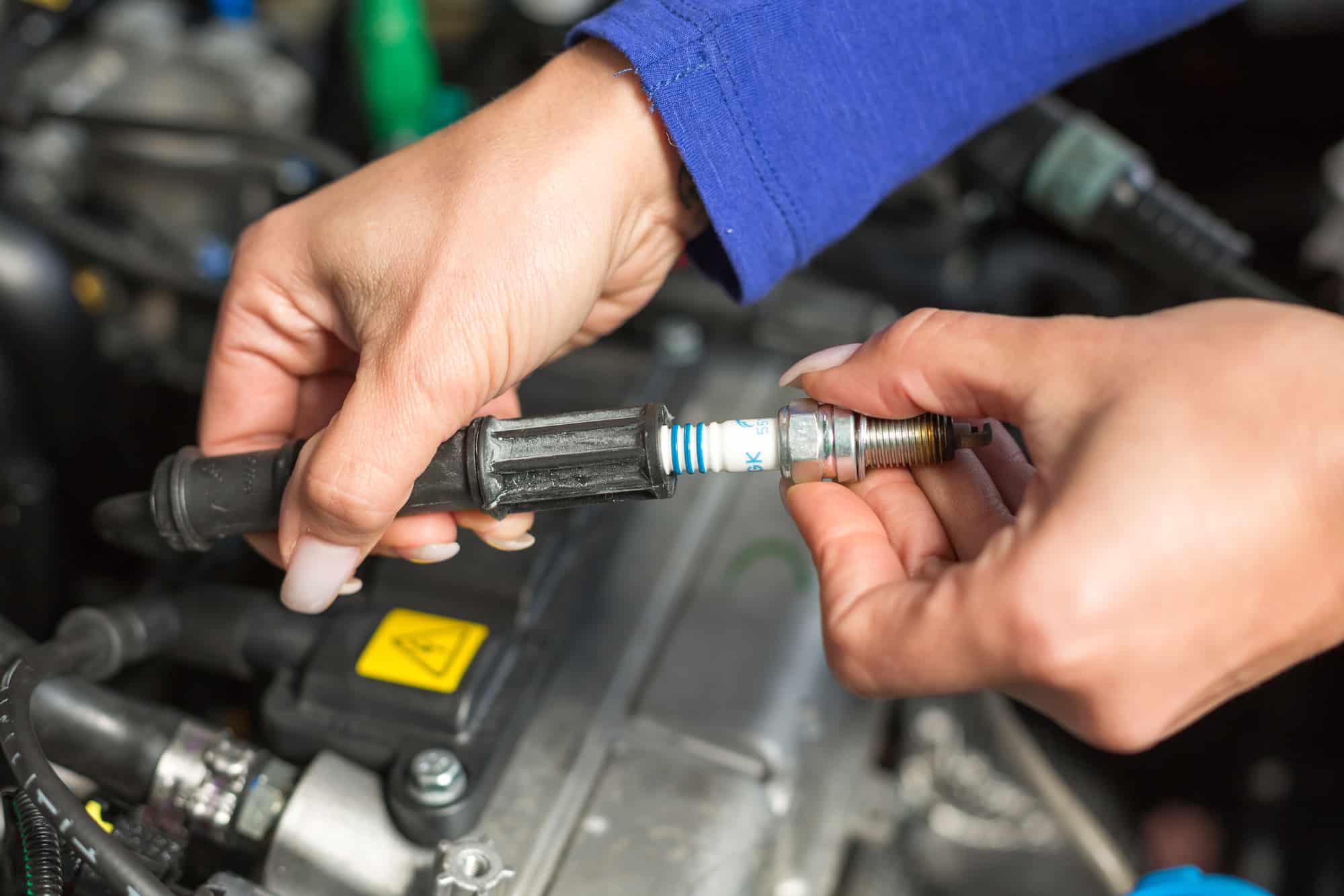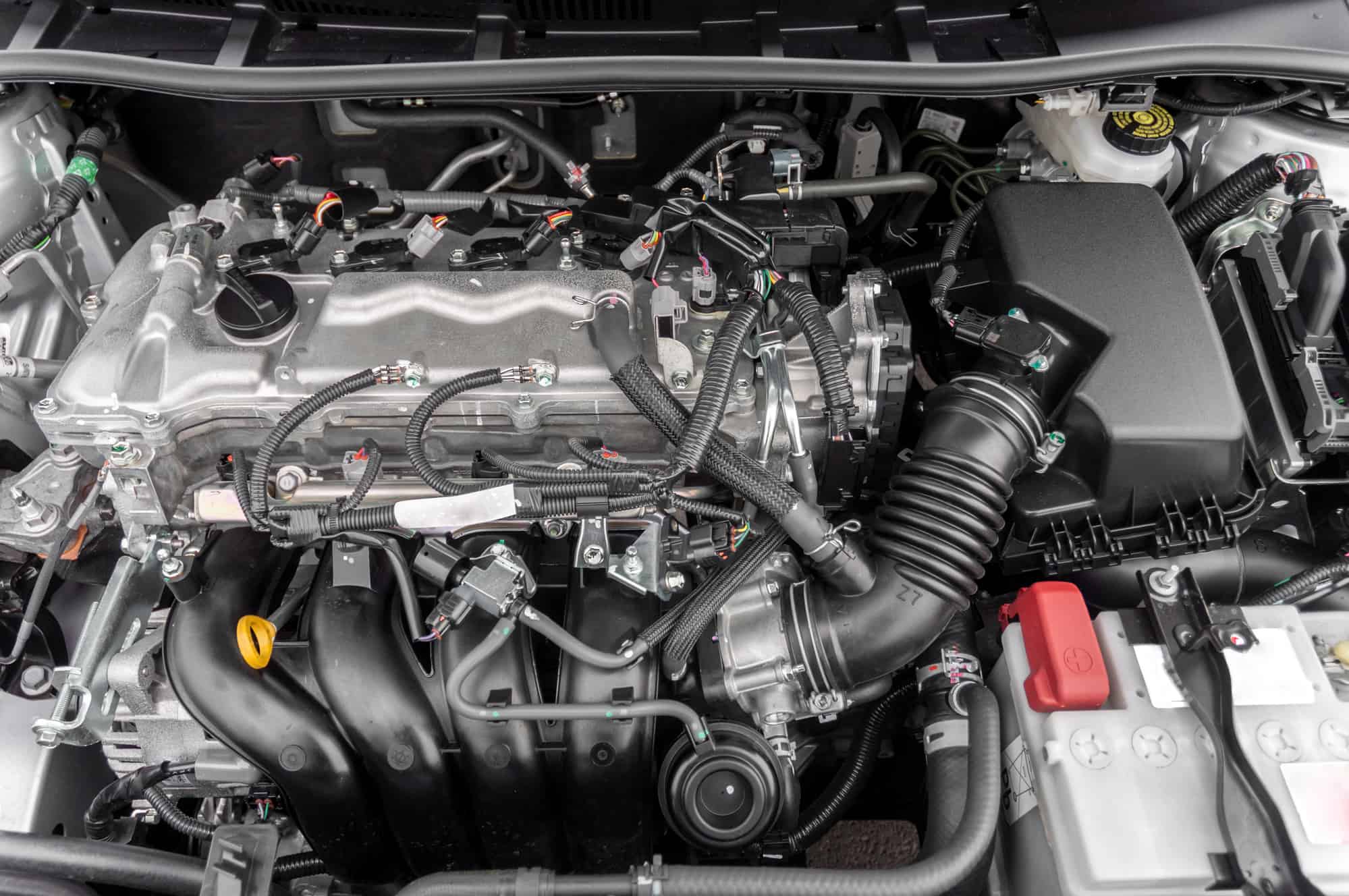If you’re seeing the C0071 code, your steering angle sensor might be causing trouble with your stability control system. Look out for warning lights, erratic steering, or traction issues. Factors like excessive wheel turning or rough handling can damage the sensor, affecting accuracy. Calibration helps align it for accurate data. DIY fixes with scanners can work, but professional help offers accurate diagnosis and warranty options. Regularly calibrating your system and addressing steering problems promptly are key. For more insights on fixing C0071 code woes, discover further solutions and preventative tips.
Key Points
- VDC malfunction and ABS light indicate sensor issues.
- Regular calibration prevents inaccuracies affecting safety systems.
- DIY calibration methods can be cost-effective and efficient.
- Professional repair at authorized dealerships ensures accurate diagnosis.
- Preventative maintenance like regular inspections and cleaning is crucial for ABS functionality.
Common Symptoms of C0071 Code
If you notice the VDC malfunction warning light illuminating on your dashboard, it could be a common symptom associated with the C0071 code indicating steering angle sensor issues in your vehicle’s ABS system. The ABS light, along with erratic steering behavior and traction control problems, are often linked to this code.
These issues stem from potential malfunctions in the steering angle sensor, which plays an essential role in the proper functioning of your vehicle’s safety systems. To address the C0071 code and its symptoms, one key aspect to take into account is the calibration of the steering angle sensor.
Proper calibration ensures that the sensor provides accurate readings, which are vital for the overall performance of the ABS system. Ignoring these warning signs and failing to address the steering angle sensor problems can compromise the safety mechanisms of your vehicle and pose risks to your control while driving.
Causes of Steering Angle Sensor Issues
Excessive wheel turning, mishandling during maintenance, and pounding on the shaft during rack removal are common causes of steering angle sensor issues. When these actions occur, they can lead to damage that affects the sensor’s ability to provide accurate readings.
Proper handling techniques during maintenance, such as avoiding unnecessary force on the sensor components, are vital for damage prevention. If you notice the steering angle sensor light illuminated on your dashboard, it indicates potential problems with the sensor that require attention.
In some cases, using a scan tool to reset the sensor can address minor issues. However, if the sensor sustains significant damage, replacement may be necessary.
To avoid encountering steering angle sensor issues, make sure to conduct regular maintenance checks and adhere to the manufacturer’s guidelines for sensor handling and calibration. These practices can help ensure the sensor functions correctly and maintains its accuracy over time.
Importance of Sensor Calibration
Ensuring proper calibration of the steering angle sensor (SAS) is vital for maintaining the accurate functionality of your vehicle’s VDC system. Calibration is essential as it aligns the sensor to provide precise data to the vehicle’s stability control system.
Challenges may arise if calibration isn’t performed correctly, leading to sensor inaccuracies that can impact the VDC system’s performance. Manual recalibration processes exist for SAS alignment, especially after encountering rough road conditions or steering wheel adjustments. It’s important to address any misalignment promptly to prevent inaccuracies.
If calibration attempts fail to rectify the issue, it may be necessary to replace the SAS to ensure the proper functioning of the system. Proper calibration not only enhances the VDC system’s effectiveness but also contributes to overall driving safety by maintaining accurate steering angle information.
DIY Solutions for C0071 Code
For tackling the C0071 code related to steering angle sensor issues, consider utilizing cost-effective scanners to recalibrate the sensor yourself. DIY solutions can be effective in resolving steering angle sensor problems. Using affordable scanners, you can recalibrate the sensor and address alignment issues to prevent the C0071 code from reoccurring.
Proper alignment calibration after any adjustments is vital to guarantee the sensor functions correctly. In some cases, manual adjustment of the steering angle sensor cogged wheel may be necessary to correct sensor misalignment. By promptly addressing sensor misalignment with DIY solutions, you can prevent costly repairs and ensure that the sensor provides accurate readings.
Taking the initiative to recalibrate the steering angle sensor using DIY methods can save you time and money, providing a practical solution for resolving the C0071 code.
Professional Repair Options Available
To address steering angle sensor issues beyond DIY solutions, consider professional repair options available through authorized Subaru dealerships. When facing the C0071 code in your Subaru Forester, seeking assistance from certified technicians at these dealerships is important. These professionals have the specialized training and access to the necessary tools for accurate diagnosis and repair of steering angle sensor problems.
Opting for a professional repair service at an authorized dealership guarantees that your vehicle is in capable hands. Dealerships can also offer warranty coverage for both parts and labor, providing you with added peace of mind. By choosing this route, you benefit from the direct access these dealerships have to manufacturer support and technical resources, facilitating an efficient resolution of the steering angle sensor issues. Trusting in the expertise of professionals will ensure that the problems are addressed correctly, maintaining the safety and functionality of your Subaru Forester.
Can Wheel Speed Sensor Faults Cause Steering Angle Sensor Problems?
Yes, wheel speed sensor faults can cause steering angle sensor problems. These faults can lead to inaccurate readings in the steering system, resulting in issues with stability control and anti-lock brake systems. It is crucial to address any wheel speed sensor faults promptly to prevent further complications.
Preventative Maintenance Tips for ABS System
Regularly inspecting and cleaning the SAS can help prevent dirt or debris interference and maintain the peak performance of your ABS system. Following manufacturers’ guidelines for sensor maintenance is vital in guaranteeing top-notch ABS functionality. Consider professional calibration of the SAS during routine service intervals to keep it accurate.
Address any steering or alignment issues promptly to prevent SAS misalignment, which could lead to inaccurate readings. Monitoring ABS warning lights is essential; promptly addressing them can prevent potential SAS issues from escalating. By staying proactive with SAS maintenance, you can reduce the risk of ABS malfunctions and ensure your system operates smoothly.
Final Thoughts and Recommendations
Consider seeking guidance from certified technicians for accurate diagnosis and repair of steering angle sensor problems. Certified technicians have the expertise and tools necessary to properly assess and address any issues with the steering angle sensor, guaranteeing the safety and efficiency of your vehicle.
In addition to professional help, here are some final thoughts and recommendations to keep in mind:
- Regular Maintenance Checks: Conducting routine maintenance checks on your vehicle can help prevent steering angle sensor issues from arising. By staying proactive and addressing any potential issues early on, you can avoid more significant problems down the line.
- Scan Tool Recalibration: Utilizing a scan tool for sensor recalibration can often resolve minor issues without the need for sensor replacement. This cost-effective solution can help restore the proper functionality of the steering angle sensor.
- Aftermarket Sensor Options: Exploring aftermarket sensor options can provide you with more affordable alternatives for steering angle sensor replacements. However, make sure that the aftermarket sensor meets quality standards to guarantee proper functioning.
As an Amazon Associate we earn from qualifying purchases.










